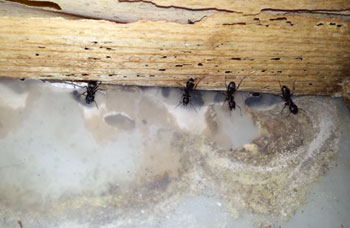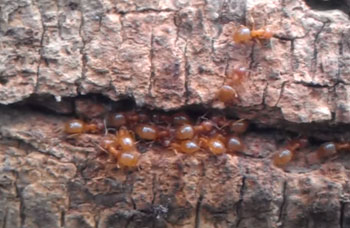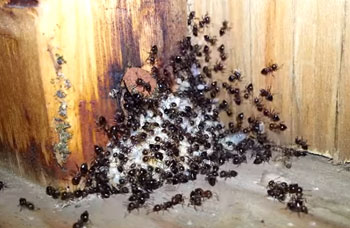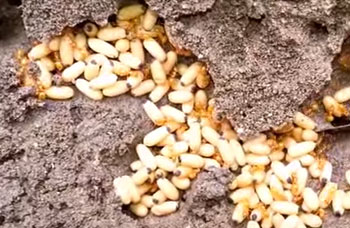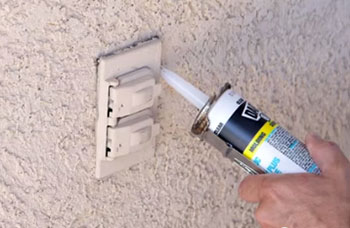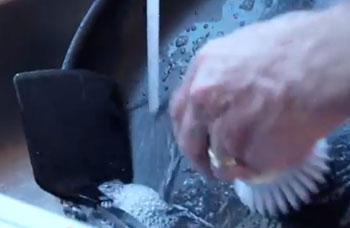Ant Types & Facts
Odorous Ant Facts
- Typically no longer than 1/8th of an inch; yellowish brown to dark brown in color.
- Outdoors they typically nest near moisture sources and in dead or decaying wood.
Ant Photos
-
 Carpenter Ants
Carpenter Ants -
 Carpenter Ants
Carpenter Ants - View More Photos
Odorous Ants
Odorous ants are common throughout North America and so named because, when crushed, they emit a smell similar to the odor of rotten coconuts. For this reason, they are also known as coconut ants and stink ants in certain areas. These ants are highly-tolerant of other ants and occasionally live in compound colonies with other species.
What Are Odorous Ants?
These insects are a frequent nuisance in homes across the country. They build their nests in a wide variety of places, and their colonies can contain as many as 100,000 workers and numerous queens. The workers also follow long foraging trails, and they feed on many sweets, meats, fats and grease.
Odorous ants are dark brown or black in color and tend to range between 1.5 and 3.2 mm in size. They have an uneven thorax and antennae with 12 segments. Their most obvious identifier, however, remains the smell they make when crushed.
Odorous Ant Infestation
Infestations are more likely to occur after rainfall than in dry conditions. Inside the home, they prefer to colonize areas near a heat source or insulation, typically in wall voids or beneath the floor. They forage day and night, both in wandering patterns and along trails of up to 50 feet in length. They can easily contaminate food supplies. Odorous ants also occasionally mate in flying swarms, which along with the activity of foraging workers, will likely serve as the only sign of infestation.
How to Get Rid of Odorous Ants
Once an infestation is confirmed, the location of the nest needs to be determined. Many control products are effective against odorous ants; insecticide sprays or dust treatments can be applied directly to the nest or bait systems can be placed along their trails to eliminate any interior nests. Catching the infestation early dramatically improves the effectiveness of all control measures, as odorous ants can form large colonies in a short amount of time. Proper caution must be taken when handling and using pesticides, especially around children and animals, as many products are also dangerous to humans and pets.
To help prevent an infestation in the first place, seal all cracks and crevices into the home with caulk and trim plants and branches touching the structure. Large rocks near the home should also be moved, as odorous ants frequently construct nests underneath them.
Odorous Ant Bites & Treatment
Odorous ants do not bite or sting and tend to be non-aggressive.
